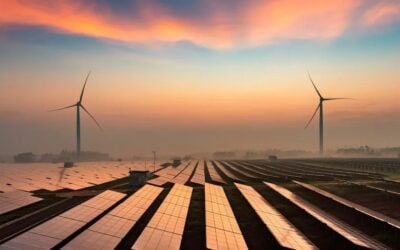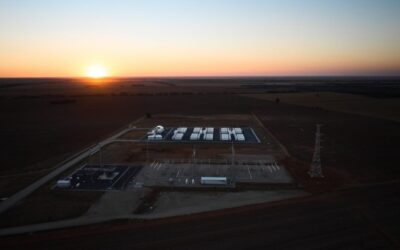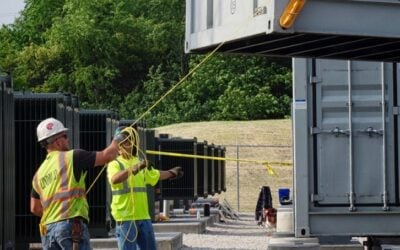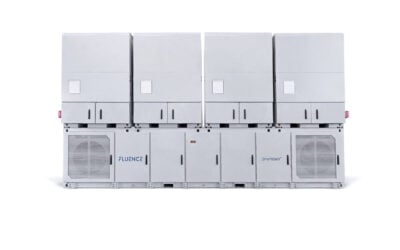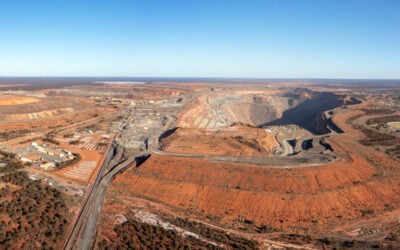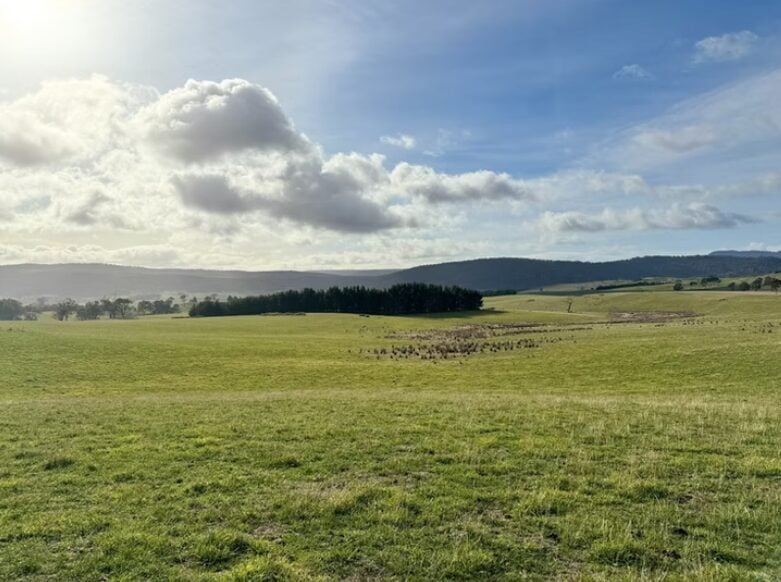
Australia’s minister for climate change and energy, Chris Bowen, has announced plans to streamline the Capacity Investment Scheme (CIS) tender process to around six months.
Announced at the start of Australian Energy Week in Melbourne last week, Bowen revealed that the CIS will transition to a one-stage tender process, compared to the scheme’s current two-stage process.
This change is estimated to reduce the time to finalise the tender outcomes from nine to six months.
Bowen said in his speech that the government would continue to optimise the scheme, admitting that it must overcome several hurdles.
Try Premium for just $1
- Full premium access for the first month at only $1
- Converts to an annual rate after 30 days unless cancelled
- Cancel anytime during the trial period
Premium Benefits
- Expert industry analysis and interviews
- Digital access to PV Tech Power journal
- Exclusive event discounts
Or get the full Premium subscription right away
Or continue reading this article for free
“The beauty of the CIS is that it provides the industry investment certainty, but also that we can learn and improve it as we go, as we will continue to do,” Bowen said.
“The sector still faces social license challenges, workforce constraints, and approval times. Together with the states and the industry, we are working to alleviate these constraints. Ensuring community benefit is built into CIS contracts has been fundamental – and we’ll keep improving that.”
Since its introduction, the CIS has spearheaded the growth of Australia’s renewable energy generation and energy storage fleet. Several of these tenders, both at a national and state level, have been oversubscribed.
For instance, the first CIS auction sought to secure 6GW of renewable energy generation in the National Electricity Market (NEM).
The round saw 40GW of bids registered, with 27GW of “very high quality” bids going through to the next stage. Because of the oversubscribed round, the federal government has increased the amount of capacity it is seeking to 10GW in the NEM, with 4GW of dispatchable power and 6GW of renewable energy generation.
Bowen said that the latest tender round was oversubscribed nearly three times, with 16.5GW of projects having registered their interest, with the government having sought 6GW.
For reference, the CIS aims to unlock the “record levels of investment” required for Australia to attain its 82% renewables by 2030 target, aiming to deliver 32GW of renewable energy and energy storage capacity.
Specifically, 23GW of this figure will be renewable energy generation, while 9GW will come from dispatchable capacity, such as battery energy storage systems (BESS).
576MWh solar-plus-storage project approved in just 20 days
In other Australia news, a 576MWh solar-plus-storage site in Tasmania has been approved by the national government in just 20 days.
The 250MW Weasel Solar Farm project was submitted to the federal government’s Environment Protection and Biodiversity Conservation (EPBC) Act in April 2025. It includes plans for a co-located BESS that will be 144MW/576MWh in size and occupy a 3-hectare area.
The federal government confirmed that the approval process for this project took just 20 days.
It will be located 9km north of Bothwell in the centre of the state and near the River Clyde. It will be connected to the NEM and within the T3 Tasmania Midlands proposed Renewable Energy Zone (REZ).
The Downie family from Dungrove and the Bowden family from Weasel Plains are proposing the project in collaboration with Alternate Path, an energy consultancy based in Victoria.
The solar PV power plant will feature up to 4,000 single-axis tracking PV modules installed over 270 hectares of land. The plant’s layout will enable the continuation of agricultural practices, principally sheep grazing, in a site use combination often called ‘agrivoltaics’.
Alongside agrivoltaics, the project developers have stated their desire to ensure forestry practices can continue in the vicinity to “generate significant social and economic benefits for the local community, surrounding landowners, and the state of Tasmania.”
The project’s anticipated operational lifespan is 30 to 40 years. At the end of its tenure, the plant will be decommissioned.
These articles were first published on PV Tech under the items ‘Australian government aims to cut Capacity Investment Scheme outcome waiting times by three months’ and ‘Australia: Landowner-led 250MW solar plant lands federal approval in just 20 days’.
Our publisher, Solar Media, will host the Battery Asset Management Summit Australia 2025 on 26-27 August in Sydney. You can get 20% off your ticket using the code ESN20 at checkout.

